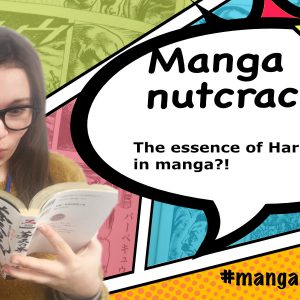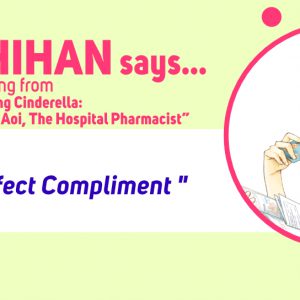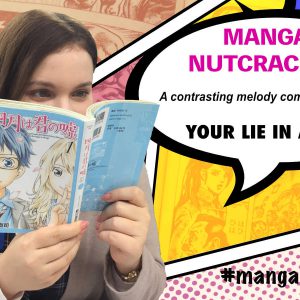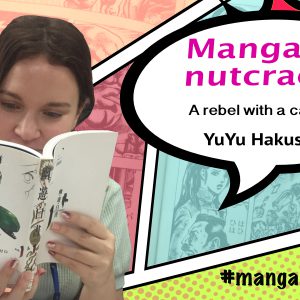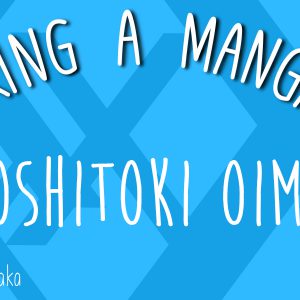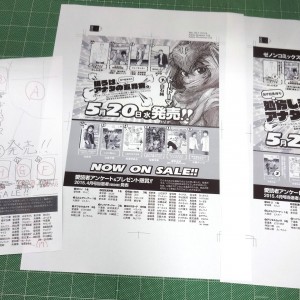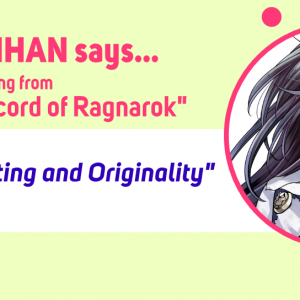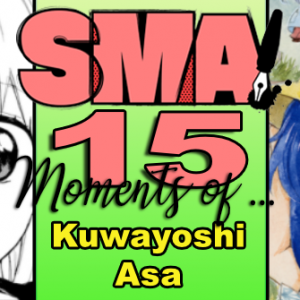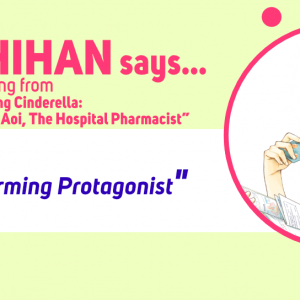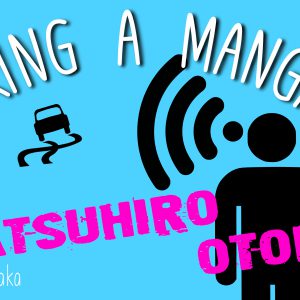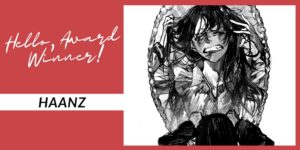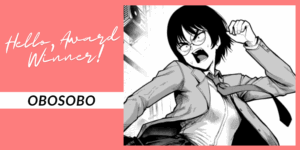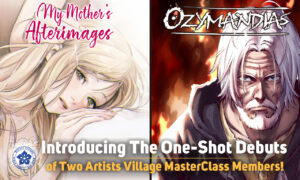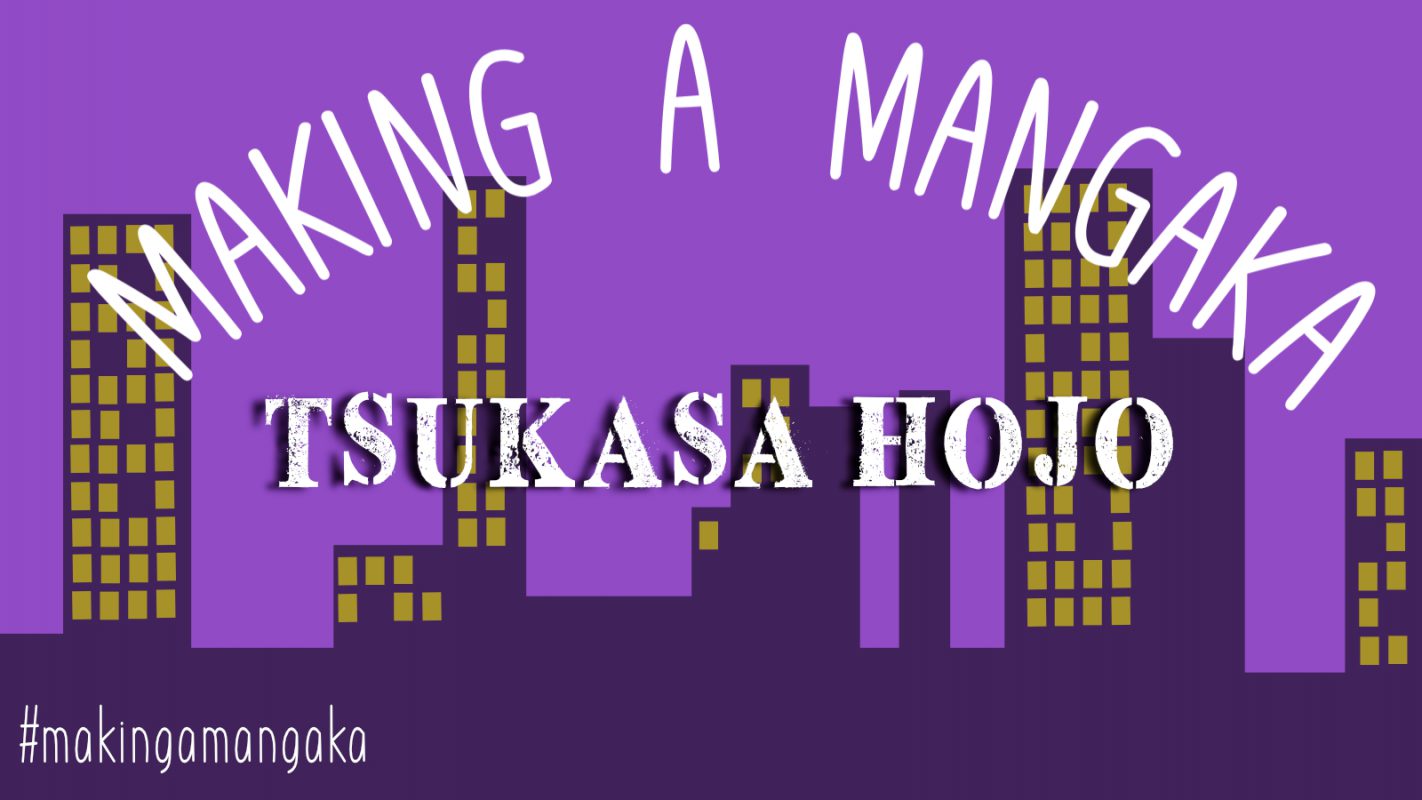
This week, I look to one of our own. Hojo sensei, one of the founders of COAMIX, has built an illustrious career that boarders on the cinematic. With Femme Fatale’s aplenty, the Manga Master has made liberal use of classic movie tropes that shine a light on the good, the bad and the ugly of life, all carried out with tongue firmly in cheek.
Name: Tsukasa Hojo (北条 司 Hōjō Tsukasa)
Born: March 5, 1959
Place of Birth: Kokura, Kitakyushu, Japan
Speciality: Urban crime thrillers with a twist.
 City Hunter’s spiritual successor, Angel Heart is a mark of maturity, both for the author and his creations. Set in an alternate reality, where Kaori’s heart is transplanted into an assassin driven to suicide for the lives she has taken, signifies a turning point in Hojo’s work. Yes, Ryo is still as rampant as ever, but in place of feverishly exerting wanted/unwanted sexual advances, we have a paternal figure who quickly falls into a father role by caring for his 15 year old ward. ‘Glass Heart’, the recipient of Kaori’s heart, herself on a mission of redemption, exhibits a will to crawl out of her murky past and reinvent herself as better person. With this sense of responsibility, coupled with the incessant gnawing of guilt, Hojo abandons the urges of youth and places his characters firmly in the modern age.
With themes covering everything from questionable morality in the pursuit of doing the right thing to transgender issues and a need for acceptance, as featured in Hojo’s spectacular manga Family Compo, the veteran manga creator brilliantly and expertly holds up a mirror to reality. We are neither good, nor evil. We all make mistakes and when we do, we strive to make them right. We live in a grey area but are always searching for acceptance and a sense of home. Tsukasa Hojo weaves exciting stories with one eye firmly fixed in reality, giving us a body of work that transcends the pages they were illustrated on and reassures of our own shortcomings. In a word, we are not “perfect”.
City Hunter’s spiritual successor, Angel Heart is a mark of maturity, both for the author and his creations. Set in an alternate reality, where Kaori’s heart is transplanted into an assassin driven to suicide for the lives she has taken, signifies a turning point in Hojo’s work. Yes, Ryo is still as rampant as ever, but in place of feverishly exerting wanted/unwanted sexual advances, we have a paternal figure who quickly falls into a father role by caring for his 15 year old ward. ‘Glass Heart’, the recipient of Kaori’s heart, herself on a mission of redemption, exhibits a will to crawl out of her murky past and reinvent herself as better person. With this sense of responsibility, coupled with the incessant gnawing of guilt, Hojo abandons the urges of youth and places his characters firmly in the modern age.
With themes covering everything from questionable morality in the pursuit of doing the right thing to transgender issues and a need for acceptance, as featured in Hojo’s spectacular manga Family Compo, the veteran manga creator brilliantly and expertly holds up a mirror to reality. We are neither good, nor evil. We all make mistakes and when we do, we strive to make them right. We live in a grey area but are always searching for acceptance and a sense of home. Tsukasa Hojo weaves exciting stories with one eye firmly fixed in reality, giving us a body of work that transcends the pages they were illustrated on and reassures of our own shortcomings. In a word, we are not “perfect”.


Tsukasa Hojo, entertaining the crowds at Romics Comic Festival, Rome, Italy
About… A native of Kyushu, Tsukasa Hojo’s career in manga could well be viewed as ‘accidental’. While studying at Kyushu Sangyo University, Hojo spent much of his time balancing film and illustration. These two, albeit similar forms of visual expression would come to a head when he submitted a piece, “just for fun” to girl’s manga magazine Ribon. Unexpectedly receiving an Honorable Mention Award for his efforts, this seemingly innocuous event decided the future of Hojo’s artistic output. While living the typical, penniless student life, Hojo’s friend brought the fledgling manga creator’s attention to Shonen Jump’s Tezuka Award. With a 1 million Yen top prize, the competition was too tempting to pass up, so empowered by his modest achievement with Ribon, Hojo hastily got together a 31 page story, submitted and against all odds, won! Not long after graduation, Hojo sent a storyboard to Jump, of what would later become his breakout hit, Cat’s Eye. The editor was so impressed by the potential of this young manga creator, that he insisted he up-sticks, leave Kyushu behind and set up shop in Tokyo, going so far as to pay for his accommodation. That editor was a certain Nobuhiko Horie, future CEO of COAMIX and the driving force behind SMAC! Hojo was more than daunted by the grueling work load of the tireless Mangaka. Advised to “grind out” work for 5 years, the standard “probation period” of professional manga creators, the author of Cat’s Eye, City Hunter and Angel Heart stuck to his convictions, toiled away at a frantic pace and created some of the most enduring characters ever to fill the pages of manga.


 City Hunter’s spiritual successor, Angel Heart is a mark of maturity, both for the author and his creations. Set in an alternate reality, where Kaori’s heart is transplanted into an assassin driven to suicide for the lives she has taken, signifies a turning point in Hojo’s work. Yes, Ryo is still as rampant as ever, but in place of feverishly exerting wanted/unwanted sexual advances, we have a paternal figure who quickly falls into a father role by caring for his 15 year old ward. ‘Glass Heart’, the recipient of Kaori’s heart, herself on a mission of redemption, exhibits a will to crawl out of her murky past and reinvent herself as better person. With this sense of responsibility, coupled with the incessant gnawing of guilt, Hojo abandons the urges of youth and places his characters firmly in the modern age.
With themes covering everything from questionable morality in the pursuit of doing the right thing to transgender issues and a need for acceptance, as featured in Hojo’s spectacular manga Family Compo, the veteran manga creator brilliantly and expertly holds up a mirror to reality. We are neither good, nor evil. We all make mistakes and when we do, we strive to make them right. We live in a grey area but are always searching for acceptance and a sense of home. Tsukasa Hojo weaves exciting stories with one eye firmly fixed in reality, giving us a body of work that transcends the pages they were illustrated on and reassures of our own shortcomings. In a word, we are not “perfect”.
City Hunter’s spiritual successor, Angel Heart is a mark of maturity, both for the author and his creations. Set in an alternate reality, where Kaori’s heart is transplanted into an assassin driven to suicide for the lives she has taken, signifies a turning point in Hojo’s work. Yes, Ryo is still as rampant as ever, but in place of feverishly exerting wanted/unwanted sexual advances, we have a paternal figure who quickly falls into a father role by caring for his 15 year old ward. ‘Glass Heart’, the recipient of Kaori’s heart, herself on a mission of redemption, exhibits a will to crawl out of her murky past and reinvent herself as better person. With this sense of responsibility, coupled with the incessant gnawing of guilt, Hojo abandons the urges of youth and places his characters firmly in the modern age.
With themes covering everything from questionable morality in the pursuit of doing the right thing to transgender issues and a need for acceptance, as featured in Hojo’s spectacular manga Family Compo, the veteran manga creator brilliantly and expertly holds up a mirror to reality. We are neither good, nor evil. We all make mistakes and when we do, we strive to make them right. We live in a grey area but are always searching for acceptance and a sense of home. Tsukasa Hojo weaves exciting stories with one eye firmly fixed in reality, giving us a body of work that transcends the pages they were illustrated on and reassures of our own shortcomings. In a word, we are not “perfect”.

The legacy of City Hunter lives on in Monthly Comic Zenon.
MANGA Space Angel – 1979 Ore wa Otoko Da! – 1980 三級刑事 – 1981 キャッツ♡アイ – 1981 Cat’s Eye (キャッツアイ) – 1981 – 1984 Space Angel – 1982 City Hunter XYZ – 1983 City Hunter Double Edge – 1984 Cat’s Eye – 1985 I City Hunter (シティーハンター) – 1985 ねこまんまお変わり♡ – 1986 Splash! – 1987 Splash! 2 – 1987 天使の贈りもの – 1988 Splash! 3 – 1988 Splash! 4 – 1989 Taxi Driver -1990 Komorebi no Moto de (こもれ陽の下で…, Under the Dapple Shade) – 1993–1994 Rash!! – 1994–1995 Family Compo (ファミリー・コンポ) – 1996–2000 Angel Heart (エンジェル・ハート) – 2001–2010 Angel Heart 2nd Season – 2010-2017NEXT WEEK: I get my Shojo on as I trip into the fantastical world of Sailor Moon with Naoko Takeuchi!
Twitter – @chris_smac
Facebook – Chris Smac





